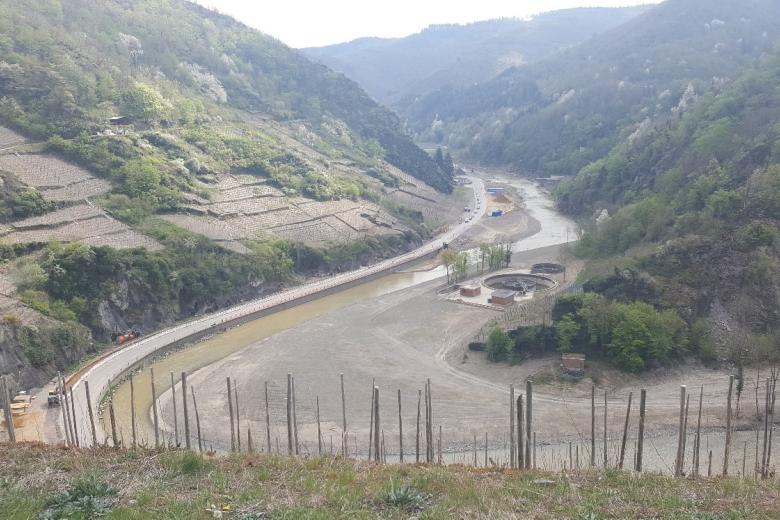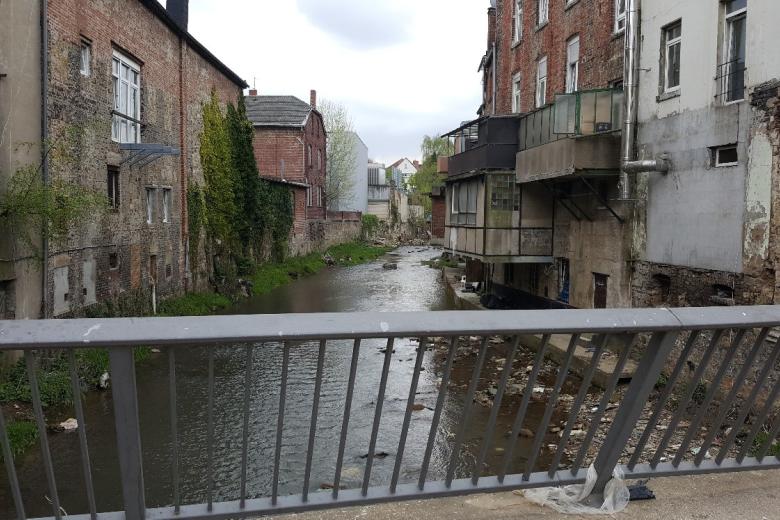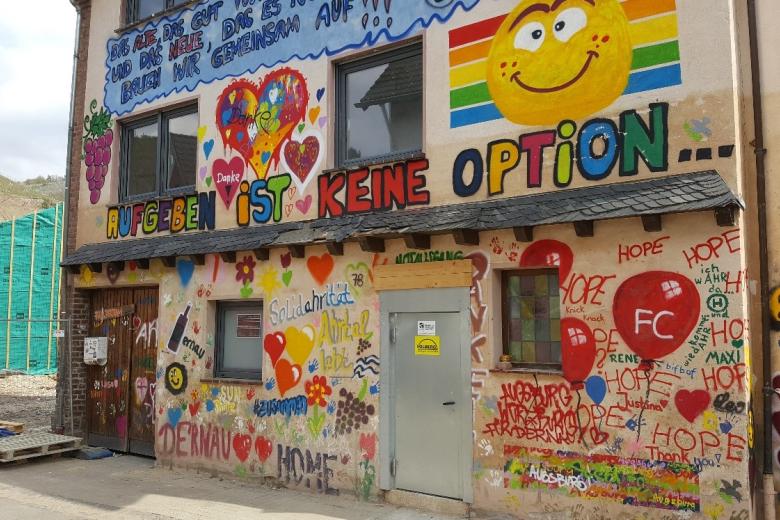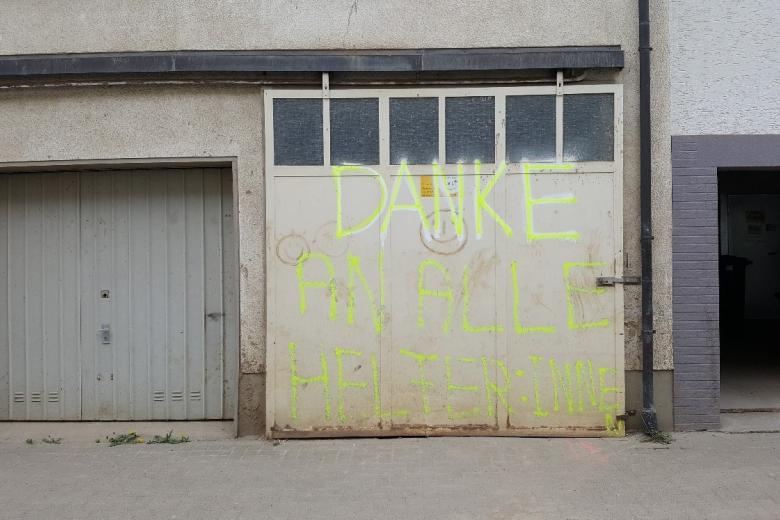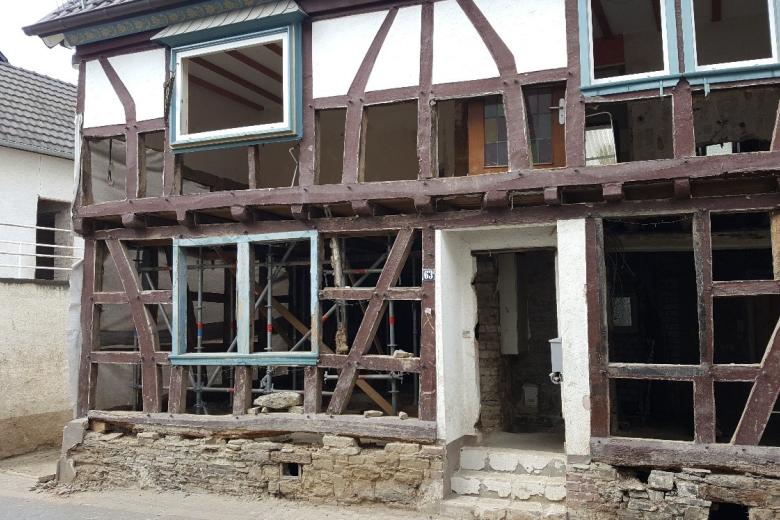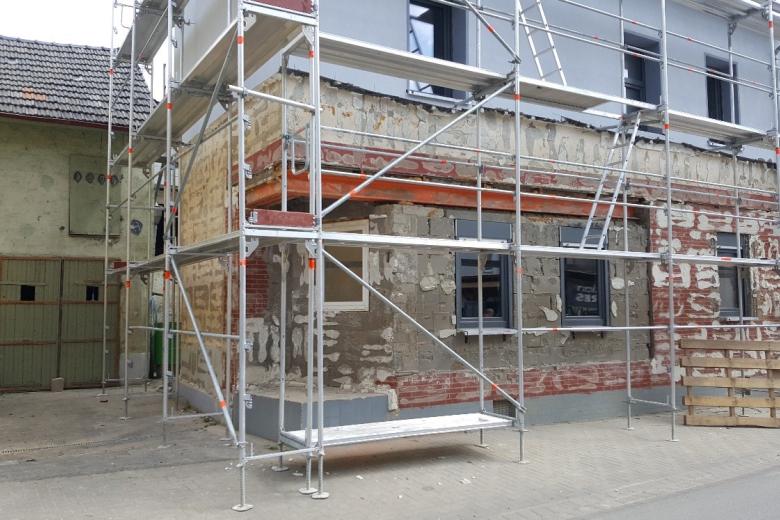Blog: UNU Climate Resilience Initiative about flood disaster response
In July 2021, the flooding of small towns and cities in the area between Bonn-Liege-Maastricht caused enormous material damage and human misery. In the Netherlands, Valkenburg was flooded, in Belgium Pepinster was greatly damaged and in Germany the Ahrtal (a touristic wine-growing area) and several old towns in the Eifel area were washed out by floods up to 8 meters above their normal level.
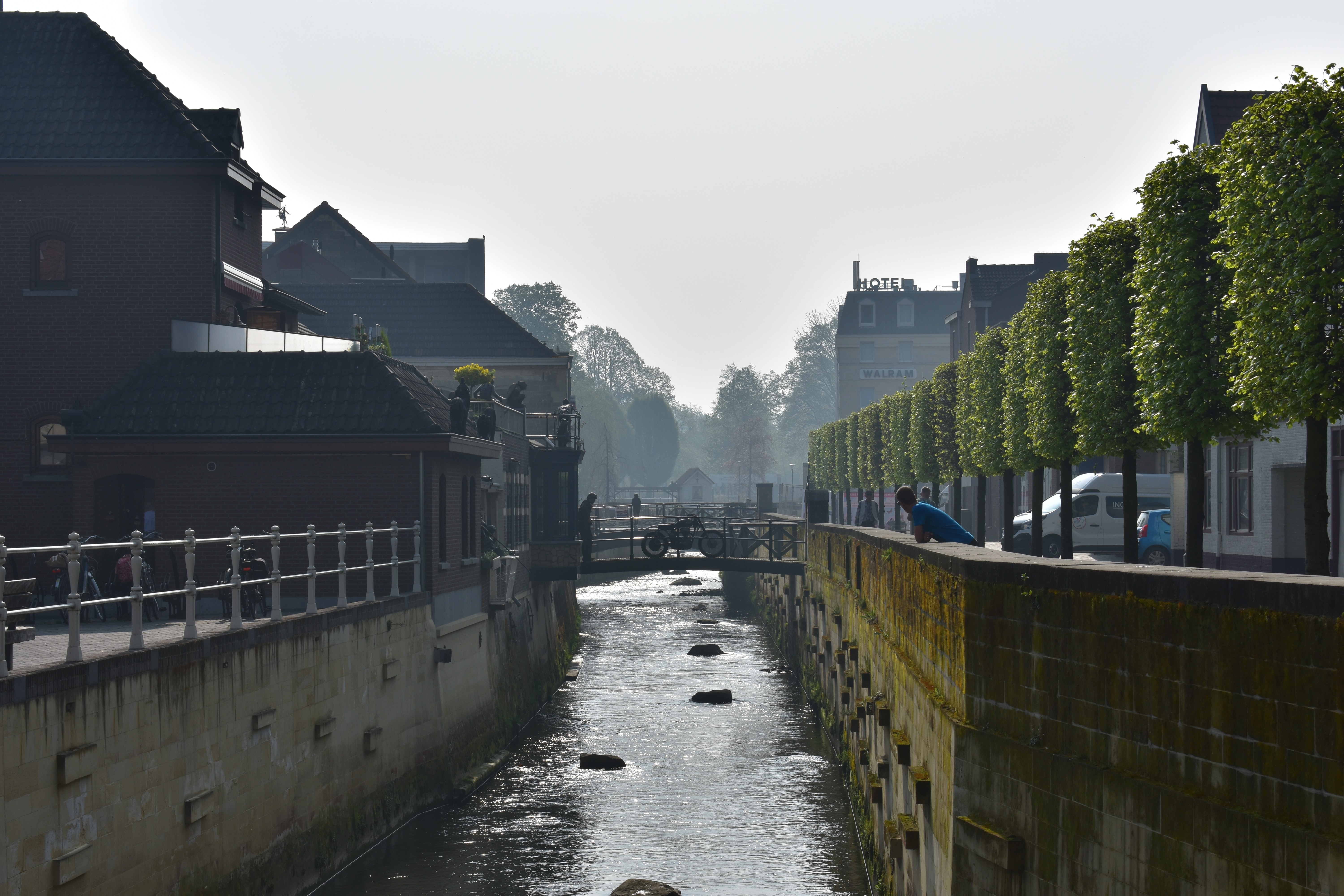
In response to this, three UNU institutes (UNU-MERIT, UNU-EHS and UNU-CRIS) decided to cooperate on a knowledge agenda about flood disaster responses through with the help of students. Findings will be presented at the knowledge summit on July 6-8, 2022 in Maastricht (in the session “Recovery pathways from water related extreme events”).
In this project, I am leading the work on adaptation, transformation and innovation for UNU-MERIT, where we examine the relationships between Recovery - Adaptation - transformation – innovation – hope / aspiration. I am working closely with Saskia Werners, a climate adaptation water expert at UNU-EHS in Bonn who organised a site visit to the damaged area in Germany.
When towns and regions are flooded they face difficult choice about better protection, restoring what exists or creating something better (and how to fund those choices). On those issues it is impossible to achieve a consensus. Some people want everything to be the same as it was, others are more open to change. In Stolberg, three citizens (two of which were foreign) managed to achieve the status of most endangered cultural heritage city, making it eligible for money from the Europa Nostra programme. With the industrial decline, the city had fallen into decline, with many citizens accepting that Stolberg is no longer beautiful, despite the many historical buildings.
After the flood, scientists from UNU-EHS collected stories from citizens, ideas for recovery and looked into the determinants of the damage (the role of dead wood and healthy trees and the locations of the trees). They learned that many people in the Ahrtal were of the opinion that trees were responsible for the damage to bridges (much more than the caravans on a camping), which created a bad image for nature-based solutions.
Output from the WP are:
- Stories of recovery from extreme flood events, paying special attention to the role of adaptation, transformation and innovation
- Stories of adaptation, transformation and innovation emergent in recovery phase from extreme flood events
- Three recovery pathways maps / webs from different localities / communities following July 2021 flood in NL, DE, BE.
- The experiences with nature-based solutions in different parts of the world (for example in Brazil) and the collaborative governance and power-and-inequality aspects of NBS.
- Better knowledge about the financing aspects of adaptation measures (dikes, sewerage …), especially for Building Back Better measures.
- Necessary circumstances and agency for building back better solutions.
From UNU-MERIT, Guilherme Parra will examine 2 cases of Nature-Based Solutions (NBS) in Brazil and elsewhere. The research will reveal whether NBS are a pipedream of ecological scientists and green politicians and the degree to which NBS are based on design thinking, systems analysis and a good stakeholder process to achieve buy in from relevant stakeholders thanks to positive results for all.
Anita Magdalena Zalisz will study the financing aspects of adaptation plus measures and innovation-based transformative measures, with the aim of learning about the following aspects: how this is typically done (with what success), the willingness of insurance companies to pay for protection measures (of different sorts: small and big, under which rules) and use of special funds and innovation programmes for transformative change involving different land-use. Next to this, she will examine the interest of flood protection agencies in learning about new approaches in NL, D and B and map out differences in preferred solutions and examine possible reasons for such differences.
Below some pictures from the site visit to Stolberg (a mining and industrial town close to Aachen) and Dernau and Mayschoss in the Ahr alley, showing the damage and the hope and perseverance of those who live in those areas. In Dernau, 80% of the houses became inhabitable and in need of restoration. The entire railway in the Ahr valley was washed away and all bridges except for one were destroyed. In Maschoss, people had to create a new road through the forest (over the hill) in order to be able to get out of the valley. Volunteers played an important role in the clean-up of the flooded area (houses and streets). For receiving this help, people openly expressed their gratitude.
Relevant links
https://www.youtube.com/watch?v=3xYOMy3-PJU
https://www.youtube.com/watch?v=sGCMzWo13G0
https://www.youtube.com/watch?v=t0ize7QYxxo
Also read
-
Inaugural lecture Jan Willem van Prooijen
What drives people to embrace radical conspiracy theories, sometimes with far-reaching consequences for society? During his inaugural lecture on Friday 27 June, Prof. Dr. Jan Willem van Prooijen (radicalisation, extremism, and conspiracy thinking) will address this urgent question.
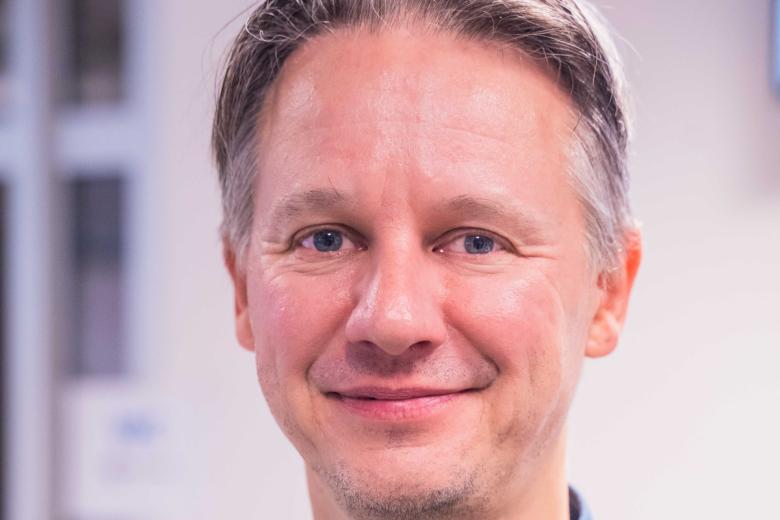
-
Update 25 June
Last night a UM building at the Bouillonstraat was daubed with paint and slogans. A sad expression of vandalism. UM has filed a report.
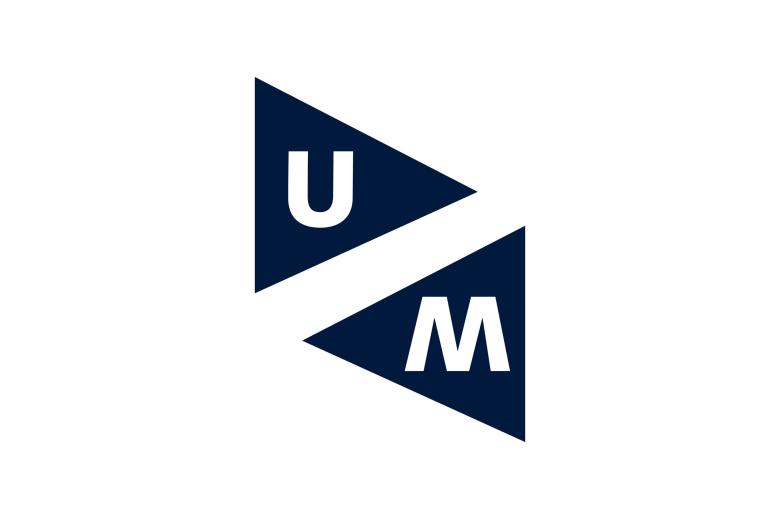
-
A night in Tehran: rose water, saffron and pistachio
Niloofar Tahmasebi Birgani, assistant professor at the MERLN research institute, was born in southern Iran. It was only when she moved to the Netherlands in 2010 for her PhD research that she began cooking for herself. Instead of recipes, she uses intuition and memory to bring her mother’s and...

